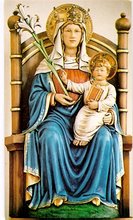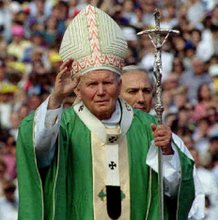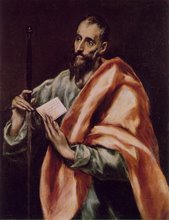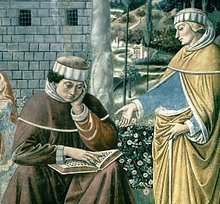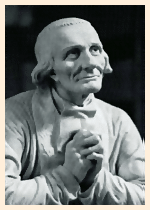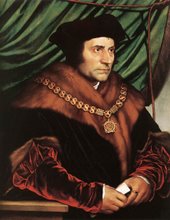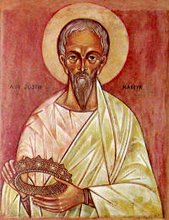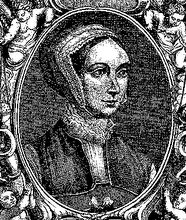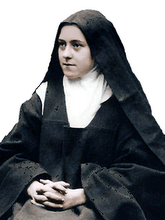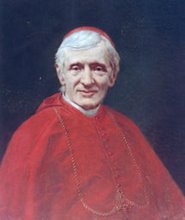On this day when we keep the feast of the first canonised Martyrs of the English Reformation, SS John Fisher and Thomas More, I am mindful of those other Fathers who were led out from the Tower in May 1535, passing the Bell Tower in which Fisher and More were held, awaiting their fate. The three Carthusian Priors, Houghton, Webster and Lawrence, together with Frs Reynolds and Haile, were the very first to be executed for the Faith in that era.
During a recent visit to London I discovered that I was near to the site of the former Charterhouse and enquiring at the Gatehouse chanced upon a guided tour. I accompanied the guide for the first part of the tour only, in order to visit the present chapel, pictured above. This chapel, the guide informed the tour party, had been the Chapter House of the original monastery, and therefore the place where the three Priors, together with the community of the London Charterhouse, deliberated how they should respond to the situation of the King's claim of supremacy of the Church in England. The original Chapter House has been modified over the centuries but still holds, in the far corner, the remains of a sacrarium next to where a medieval altar, in the Chapter House, had once been.
The guide then showed us the site of the original monastery Church. The Church is long gone, but its site is marked out in stone on the grass at the very front of the present Charter House buildings. It was here, and on its High Altar, that Prior John Houghton celebrated the Mass of the Holy Spirit, during which the entire Community discerned the way in which they were called to respond to the King.
On the wall at the side of this site, a wall which was most probably the original north wall of the Church, there is a plaque commemorating the three Priors, the other priest members, and brothers of the Community, all of whom suffered torture and death, following their decision to witness to Christ, rather than to the King.
The place where the lawn and plaque is found, is bounded by a perimeter railing and is not a public place. Nonetheless, it is good to see that such a plaque is there with the names of all the Community.
These, our Fathers, and sons of the Most High, are worthy of great veneration, and we are humbled that this memorial to their great struggle and their great faith, is here in the middle of our busy capitol city.





